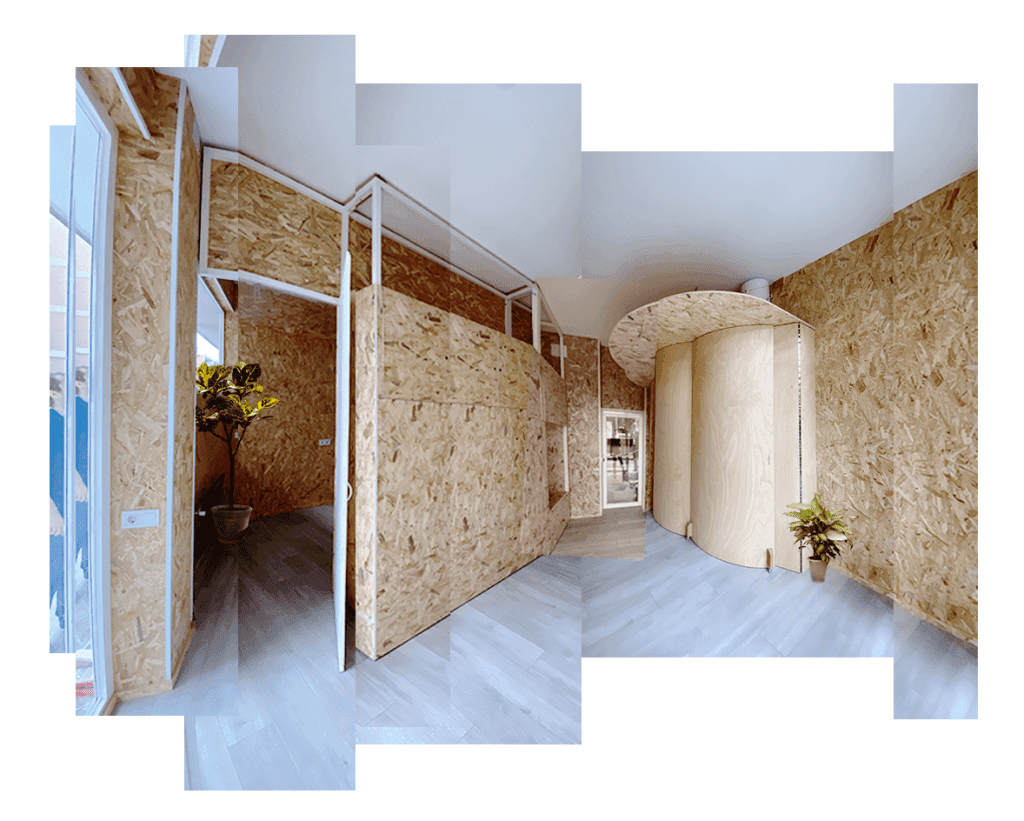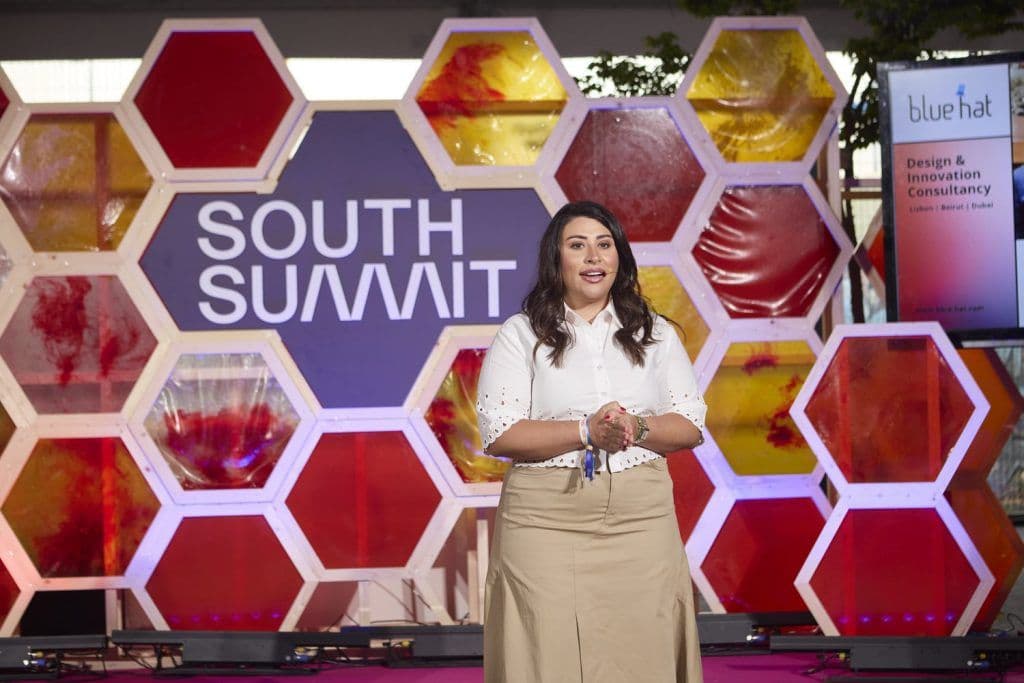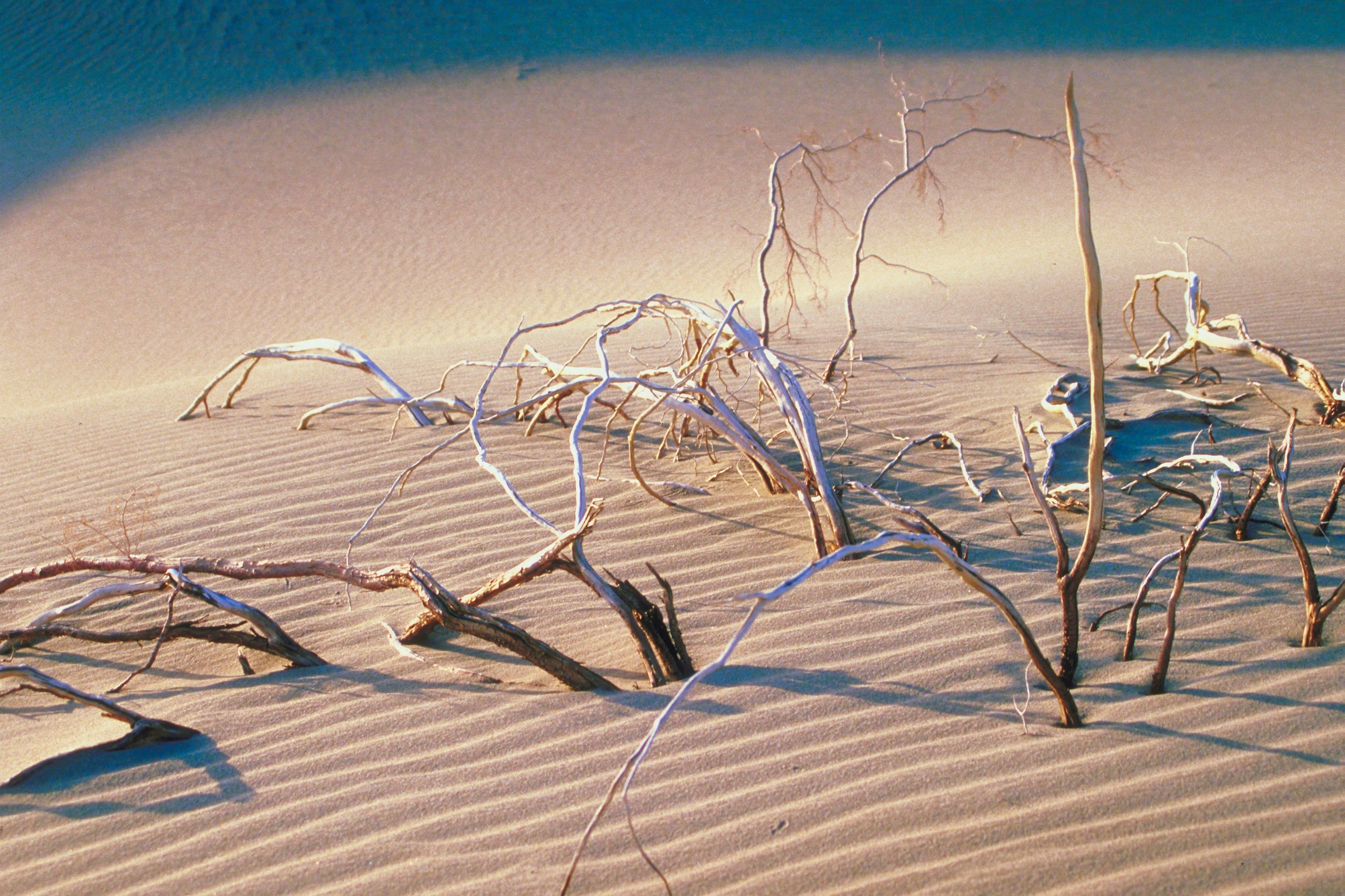What inspired the creation of the D'ARCHIS card game and the FOBU app, and how do these projects reflect your interdisciplinary approach to architecture and creativity?
As a professor of Drawing in Architecture, I was searching for a way for my students could learn how to draw ideas, as we architects do, with creativity and imagination.
I did a card game so you can randomly join concepts that might be disconnected at the first look, so you can create a magnetic house for Santa Clause with slides, or an elastic object for a nanny and her cats with velcro.

In founding AR Atelier, how have you navigated the challenges of incorporating bioconstruction principles into mainstream architectural projects?
In founding AR Atelier, I incorporated bioconstruction through the awareness of ecology applied to our living spaces.
We work with biomaterials and contemporary design, knowing that we can evolve through a healthier and happier future.

How do you integrate principles of sustainable development from your research in the M'hamid Oasis into your teaching methodology and architectural practice?
My Ph.D. in Strategies for Sustainable Development of the Oases transformed my approach to architectural design. It provided me with a deeper understanding of the real ecology and its intricate interactions with nature. This newfound knowledge enabled me to create houses that are both comfortable and eco-friendly by harnessing the power of weather and nature.
Additionally, it revolutionised my teaching methodology. Previously, my focus had been primarily on achieving results and completing projects. However, I learned from the Berber people that prioritising the human aspect is paramount. Recognising that each individual has a unique mission on Earth, I now emphasise the importance of personal interests, perspectives, and emotions as essential ingredients for learning and creativity.

What advice would you give to students and professionals aspiring to work at the intersection of architecture, sustainability, and innovation?
I would advise, firstly, that they focus on the inner side of their feelings and deepest dreams, and focus on intuition more than a rational-standardised way of working. Innovation starts very deep inside us, but we have to be brave to look inside.
The second piece of advice I would give - as the first one is indeed difficult - is to learn from those you admire. If you envy someone, it means it is there where you should go, look, learn, and do it your way.

How do your experiences with other architectural firms, especially working with Lacaton & Vassal, influence your approach to sustainable architecture and bioconstruction?
Lacaton & Vassal inspired me a lot. They treat people face to face, they live in the desert as well, so they know the main essence of life, and they don't follow the standard rules in architecture.
They are unafraid of following their ideas and philosophy of life, and they don't follow the money or fame. I admire them. And I learned that simple solutions are always the best answer. For example, when I did the FM project, I simplified the way the bathroom was a growing and shrinking space with just a simple curved wall, like the womb of a pregnant woman.

What emerging trends do you see as most impactful for the future of sustainable architecture?
The trending way right now is the Biomaterials made up of bacteria, fungus, algae, and biowaste. I believe the future of materials will be grown and cooked materials with low-cost processes more than fabrication but in an industrial or techno-ecological way.

How do you foresee the future of architectural education, particularly concerning sustainability and technology?
I am aware that the way I focus my teaching methodology is not a "normal" way. I get to know every name, and every student, I observe their behavior, and energy, and try to give a personalised answer to their interests and dreams.
I try to share what I am, and what I know to transmit my love for creative, innovative, and ecological life, and to transmit enthusiasm for living a life full of projects that make you feel alive if you put your talents to the service of people.
I love to open minds with questions, that's why I also wrote the book "Habitar consciente en la era del inconsciente" ("Aware living in the era of unawareness") and I organise experiential trips with my association Amiddunas to implement a new way of living, through creativity, biomaterials, and real ecology with a very human approach and in a wonderful natural desert-scape in Sahara.








